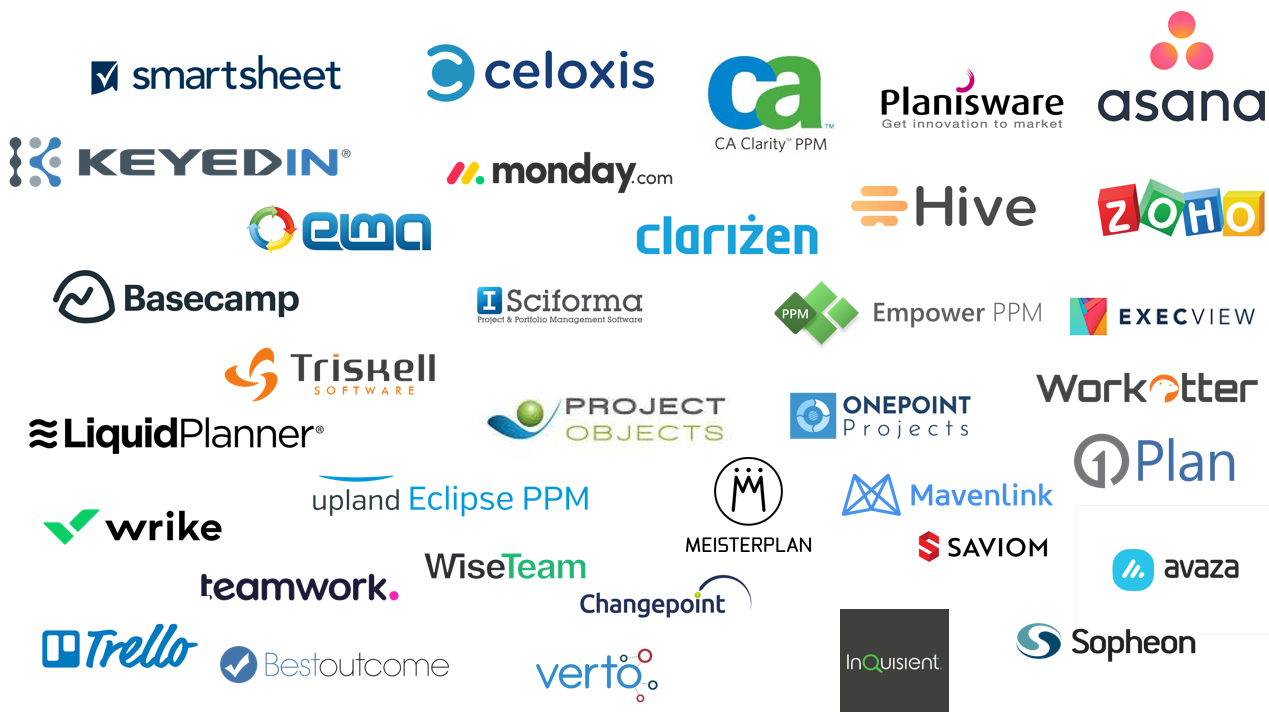In our recent webinar, Gero Renker, Director at Power Framework, discussed the risks associated with continuing to rely on Microsoft Project Online. He also outlined how Power Framework's Project Portfolio Management solution, built on the Microsoft Power Platform, offers a robust and future-proof alternative.
Webinar Key Takeaways: Modernising Microsoft Project Online with Power Framework Project Portfolio Management (PPM)
If your organisation relies on Microsoft Project Online for Project Portfolio Management (PPM), you've likely sensed its days as a cutting-edge solution are numbered. While it's been a workhorse for many years, Project Online is built on older technology (SharePoint) and hasn't seen significant development since Microsoft shifted focus to its newer platform back in 2019.
The reality is that Project Online is a legacy application. It's static, not receiving significant updates, and parts of its underlying infrastructure are being deprecated. Microsoft has acknowledged this in their support documentation, stating that:
"There is no date to limit the functionality of Project Online at this time, but we encourage customers to plan their transition as soon as possible.”
Microsoft
The Challenge: Moving Forward Without a Direct Replacement
Project Online is showing its age: Compared to modern tools, users may find Project Online's interface inefficient, requiring too many clicks, especially when navigating connected SharePoint sites for risks, issues, and documents. Extending and configuring it isn't straightforward compared to modern tools, and managing configurations across numerous project sites can be a headache. Reliance on the heavy Microsoft Project desktop client for core functions, such as cost and resource planning, is also a common pain point, often proving too complex for many users.
Microsoft's newer offering, Project for the Web (now part of the enhanced Microsoft Planner), is a great collaborative scheduling tool built on the modern Power Platform. However, it's not designed to be a feature-for-feature replacement for the enterprise PPM capabilities many organisations rely on in Project Online. Microsoft provides a basic 'Project Accelerator' template, but building a comprehensive PPM solution from scratch on the Power Platform takes significant time and resources.
The Solution: Power Framework PPM - A Modern Upgrade on the Power Platform
This is where Power Framework PPM comes in. Designed specifically as a viable upgrade path for Project Online users, it's built entirely within the Microsoft Power Platform – the same modern, secure cloud environment your organisation likely already uses and trusts.
Power Framework PPM doesn't just match Project Online's capabilities; it significantly surpasses them. Here's a glimpse of what moving to a modern solution like this offers:
- True Program & Project Portfolio Management: Unlike Project Online, which categorises everything as a project, Power Framework PPM has distinct, fully-fledged capabilities for programs and portfolios, allowing for hierarchical budgeting, risk management, reporting, and more.
- Flexible Work Management: Use the scheduling tools that best fit your teams, whether it's the new Planner Premium, the traditional Microsoft Project desktop client, Jira, Azure DevOps, or others, all integrated within the PPM framework.
- Enhanced Strategic Alignment: Robust features for portfolio balancing, 'what-if' scenario modelling, and ensuring projects align with strategic objectives.
- Advanced Capabilities: Sophisticated modules for resource capacity planning, financial management (beyond what Project Online offered), and benefits realisation tracking.
- Superior Flexibility and Integration: Built on Dataverse, the Power Platform's database, it is vastly more configurable and extensible than Project Online. Seamless integration with tools like Power BI for reporting, Power Automate for workflows, Teams for collaboration, and even Excel for bulk data updates creates a more unified and efficient experience.
- Modern User Experience: Intuitive navigation, role-based security at the field level, built-in audit history, and configurable project lifecycle stages enhance user adoption and data quality.
- Future-Proofing: Leverage and make use of Microsoft Co-pilot's advanced AI capabilities – something simply not feasible within the aging Project Online architecture.
Why Make the Move Now?
Continuing with Project Online means using a tool that's standing still while the rest of the Microsoft cloud continues to evolve. You miss out on the integration, automation, collaboration, and AI potential that the Power Platform offers.
Modernising with a solution like Power Framework PPM allows you to:
- Stay within your secure, familiar Microsoft 365 environment.
- Provide a vastly improved and more efficient user experience.
- Gain deeper insights through integrated reporting.
- Achieve greater strategic alignment and visibility across your portfolios.
- Future-proof your PPM capabilities.
While Microsoft hasn't set a retirement date for Project Online, the message is clear: Plan your transition. Exploring modern alternatives built on the Power Platform, like Power Framework PPM, is the pragmatic step forward.
Ready to See the Future of PPM?
Don't let legacy tools hold back your organisation's potential. Take the next step towards a more efficient, integrated, and strategically aligned future for your Project Portfolio Management (PPM).
See Power Framework PPM in Action: Book a demo tailored to your organisation's needs and see firsthand how it surpasses Project Online.
Catch up on the Details: If you missed the live webinar or want a refresher, you can request the full webinar recording.



